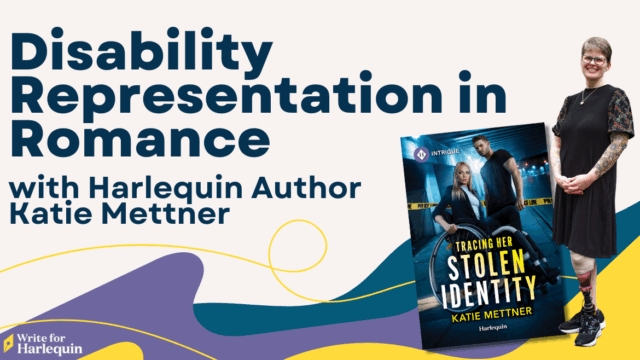We’re talking about ‘Children in Romance’ in today’s Advice from the Archives post! These pearls of wisdom are from the 2011 New Voices competition – enjoy!
Going ga-ga for romance! Should children be seen and not heard?
Children who populate our books can change the whole feeling of a story, for better or worse, and something that can present a challenge to an aspiring author is dealing with a child in their romance story – as we all know, children don’t always do what they’re told!
Babies are a classic theme to help bring couples together and they are a reader favourite – there’s something about a tall, powerful hero protecting a tiny baby that tends to resonate for almost everyone. However, once that baby starts talking, the writer’s suddenly dealing with a whole other little personality that can be determined to steal all the attention…
So here are our top tips for making your fictional children totally adorable…
Focus on the romance: First and most importantly, the romance should still be driving the story, not the children – no matter how demanding they are. Having too much page time spent dealing with babies or children around can distract from the intensity of the relationship (which alas can feel all too realistic!). As an example, although children can sometimes act as a barrier to romance (for example if your heroine wants to focus on being a single mum and isn’t looking to fall in love), they mustn’t be the only thing holding your couple apart – no matter how adorable the kids are, they are only secondary characters.
Warning: contains sickly-sweet children, may cause nausea…
Sadly, outside the world of fantasy, children aren’t perfect – and we love them for it! A child without a spark of naughtiness is, let’s be honest, a dull child. In the same way that heroes and heroines need flaws to feel real, a perfectly good child is too good to be true. Equally, watching your characters struggling with their children on occasion will make it easier for readers to relate to them and to trust in their happy ending; it’s easier to believe that a billionaire hero’s going to stick around once he’s dealt successfully with baby vomit on his handmade Italian loafers!
Put your children to work!
How can these little secondary characters help to move the romance forward? Shared responsibility for a child can be a great way to bring couples together while they’re also a way for the reader to see another side to a character for example, a softer side to a haughtily alpha hero or vulnerability when an otherwise completely competent mum tries to reach her teenage daughter.
And there you have it – the recipe for the perfect love story with the addition of adorable children!
So what about you? Does a baby on a cover make you run to the shelves or run for the hills? Do you have any favourite fictional children? Comment below or tweet and use the #SoldBlog hashtag and let us know! Happy writing!




